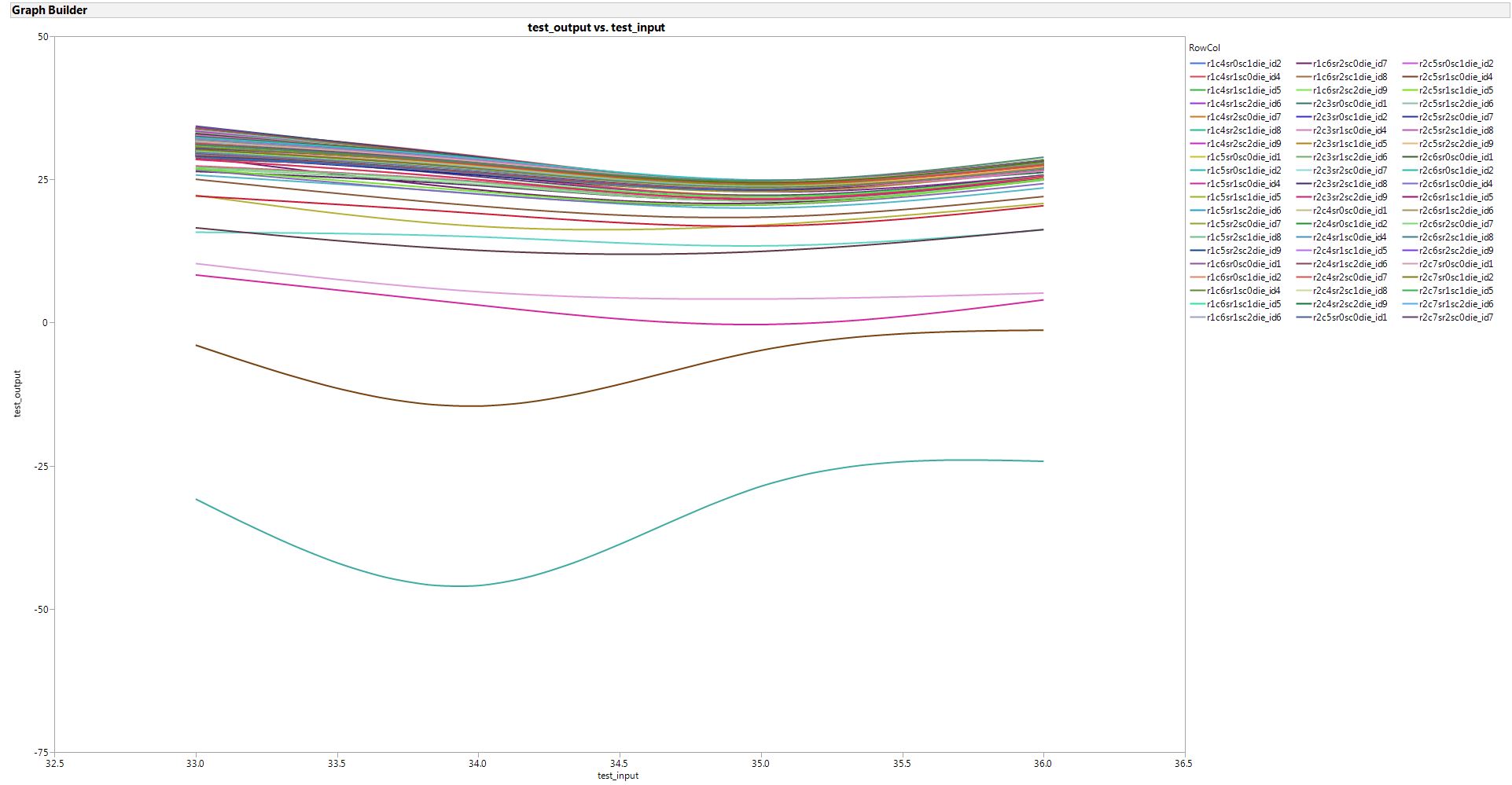
The following table illustrates these three types of category fields. Any field in a dataset can be categorized into one of three category field types. On the category axis, the minimum and maximum value types are determined depending on the type of your category field. On the value axis, the scale will always be determined by the smallest and largest number in the value field.

The chart calculates the minimum and maximum value along each axis based on the values in your result set. The axis scale is bound by a minimum and a maximum value that define the data range to be displayed along the axis. This will enable you to set the properties necessary to achieve the axis labeling behavior that you want. How the Chart Calculates Axis Label Intervalsīefore you format axis labels, you should understand how the chart calculates axis label intervals. For more information, see Bar Charts (Report Builder and SSRS). In bar chart types, the category axis is the vertical axis and the value axis is the horizontal axis. The category axis is usually the horizontal axis, or x-axis, of the chart. A field that is dragged into the data fields region will be plotted on the value axis. It is used to display numeric data values that are being charted.

The value axis is usually the vertical axis, or y-axis, of the chart. When you drag a field from your dataset onto the chart surface, the chart will determine whether this field belongs on the category or value axis.

The chart has two primary axes: the value axis and the category axis. You can create and modify paginated report definition (.rdl) files in Microsoft Report Builder, Power BI Report Builder, and in Report Designer in SQL Server Data Tools.


 0 kommentar(er)
0 kommentar(er)
